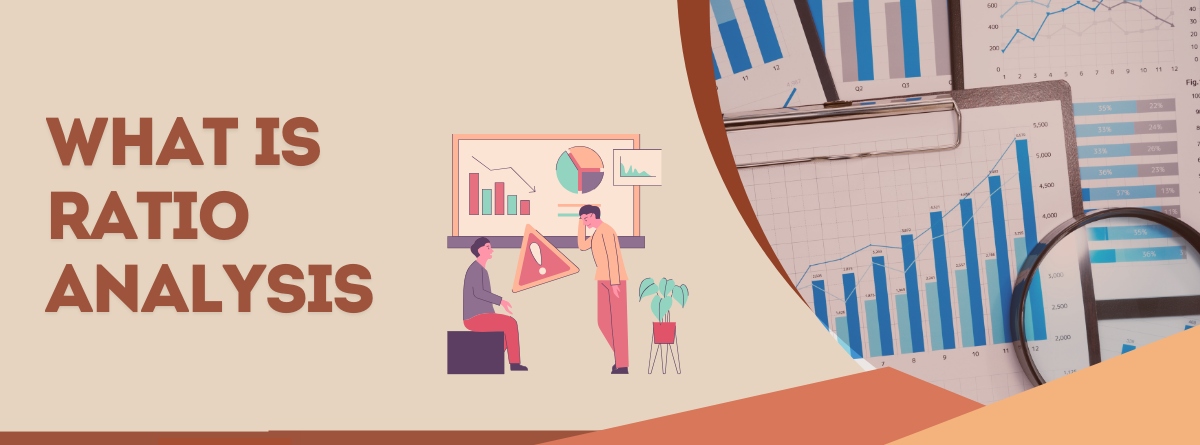Content
- Introduction
- What does ratio analysis tell you?
- Ratio Analysis meaning
- Categories of Ratio Analysis
- Uses of Ratio Analysis
Introduction
Profit-making is one of the most crucial obligations of management in a business. However, they cannot rely on the profit figures only. There are many factors at play before they arrive at the profit figures. The management must analyze all the factors from the financial statements to keep understanding the profitability in the short, medium, and long term. They use various numbers to understand the health of the business by performing ratio analysis. This article discusses the ratio analysis definition, its categories and its uses.
More Articles to Explore
- Difference between NSDL and CDSL
- Lowest brokerage charges in India for online trading
- How to find your demat account number using PAN card
- What are bonus shares and how do they work?
- How to transfer shares from one demat account to another?
- What is BO ID?
- Open demat account without a PAN card - a complete guide
- What are DP charges?
- What is DP ID in a demat account
- How to transfer money from demat account to bank account
Disclaimer: Investment in securities market are subject to market risks, read all the related documents carefully before investing. For detailed disclaimer please Click here.



